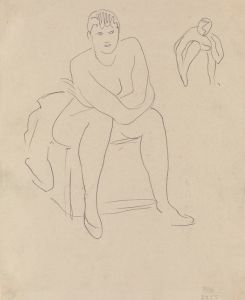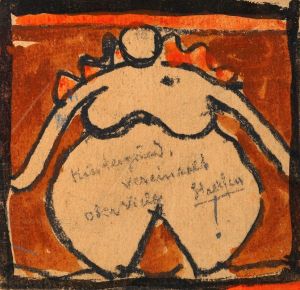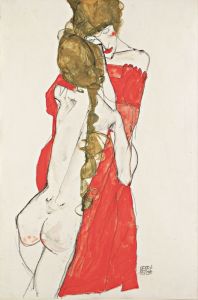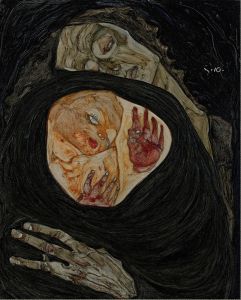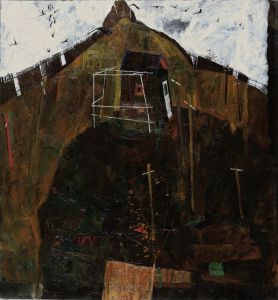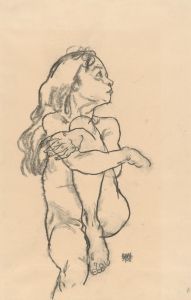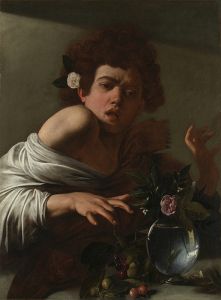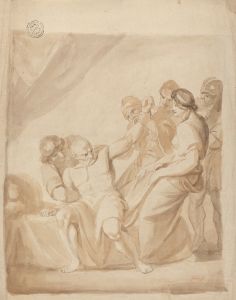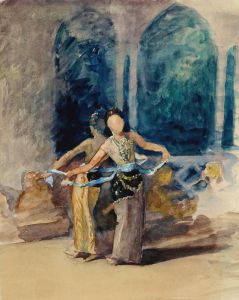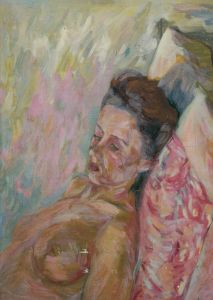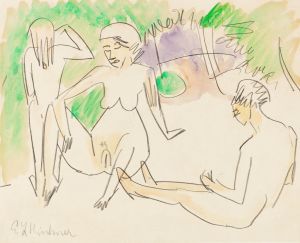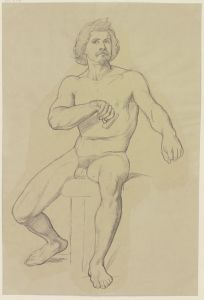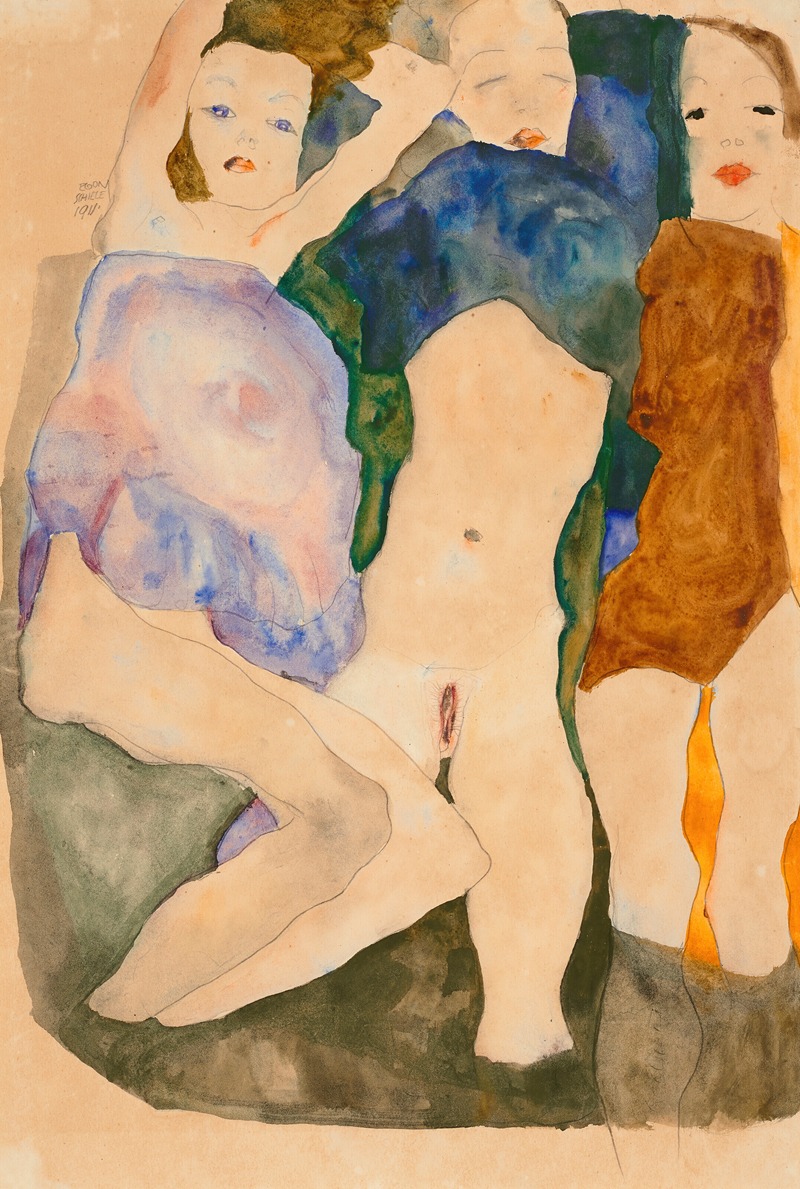
Drei Mädchen
A hand-painted replica of Egon Schiele’s masterpiece Drei Mädchen, meticulously crafted by professional artists to capture the true essence of the original. Each piece is created with museum-quality canvas and rare mineral pigments, carefully painted by experienced artists with delicate brushstrokes and rich, layered colors to perfectly recreate the texture of the original artwork. Unlike machine-printed reproductions, this hand-painted version brings the painting to life, infused with the artist’s emotions and skill in every stroke. Whether for personal collection or home decoration, it instantly elevates the artistic atmosphere of any space.
Egon Schiele, an Austrian painter known for his distinctive style and contribution to early 20th-century art, created the painting "Drei Mädchen" (Three Girls) in 1911. Schiele was a protégé of Gustav Klimt and a major figure in the Expressionist movement, known for his raw and emotive portrayals of the human figure. His work often explored themes of sexuality, death, and the human psyche, which were considered provocative and controversial during his time.
"Drei Mädchen" is a notable example of Schiele's exploration of the human form and his interest in capturing the complexities of human emotion and relationships. The painting depicts three young women, rendered in Schiele's characteristic style, which includes exaggerated body forms, bold lines, and a striking use of color. The figures are intertwined in a manner that suggests intimacy and tension, a common theme in Schiele's work. The composition and positioning of the figures create a dynamic interaction that draws the viewer's attention to the emotional undercurrents present in the scene.
Schiele's use of color in "Drei Mädchen" is particularly noteworthy. He employs a palette that includes earthy tones and muted colors, which contrast with the vibrant hues often seen in the works of his mentor, Klimt. This choice of color enhances the somber and introspective mood of the painting. The background is typically sparse, focusing the viewer's attention on the figures themselves and their expressions, which convey a sense of vulnerability and introspection.
The painting reflects Schiele's interest in the psychological aspects of his subjects. His approach to portraiture was not merely to capture the physical likeness of his subjects but to delve deeper into their emotional and psychological states. This focus on the inner life of his subjects is a hallmark of Schiele's work and contributes to the enduring impact of his art.
Schiele's career was tragically short; he died in 1918 at the age of 28 due to the Spanish flu pandemic. Despite his brief life, he left behind a significant body of work that continues to influence artists and captivate audiences. "Drei Mädchen" is part of this legacy, showcasing Schiele's unique ability to blend technical skill with profound emotional depth.
The painting is housed in various collections and has been exhibited in numerous retrospectives of Schiele's work, allowing contemporary audiences to appreciate his contribution to modern art. Schiele's influence can be seen in the works of later artists who sought to explore similar themes of human emotion and existential inquiry.
In summary, "Drei Mädchen" exemplifies Egon Schiele's distinctive style and thematic focus. Through its composition, use of color, and emotional intensity, the painting captures the essence of Schiele's artistic vision and continues to resonate with viewers over a century after its creation.





